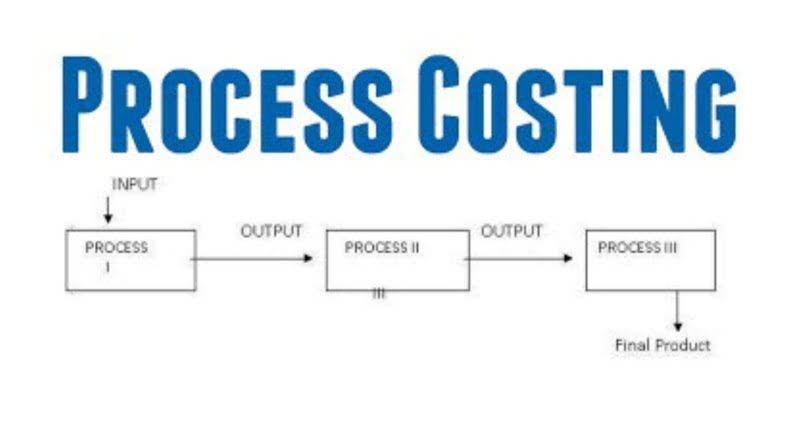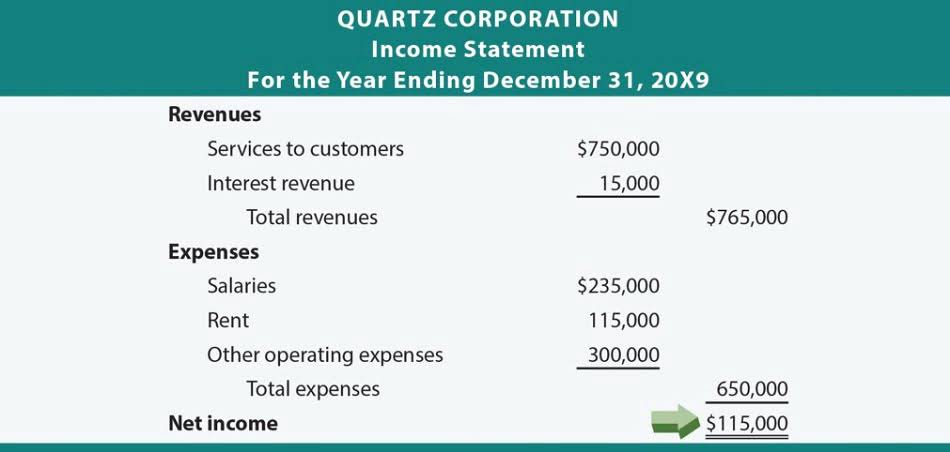
In the single-statement approach, both the traditional income statement and the comprehensive income components are combined into one continuous statement. This method starts with the net income at the top, followed by the items of other comprehensive income (OCI), and concludes with the total comprehensive income at the bottom. The single-statement approach provides a seamless flow of information, highlighting the connection between net income and comprehensive income. The Statement of Comprehensive Income is a crucial element of financial reporting, enhancing transparency and providing a more comprehensive assessment of a company’s financial performance and condition. This expanded view helps stakeholders make more informed decisions regarding their investment, lending, or analytical activities related to the company.

Understanding Other Comprehensive Income in Financial Reporting
This broader measure can reveal underlying issues or strengths that are not immediately apparent from net income alone, making it an invaluable tool for investors and analysts. When preparing the income statement (or statement of comprehensive income) it’s important to note that discontinued operations amounts should be reported net of tax. The separate disclosure and format for the discontinued operations section is a reporting requirement and is discussed and illustrated below. The condensed or single-step formats make the statement simple to complete Cash Flow Management for Small Businesses and keeps sensitive information out of the hands of competitive companies, but provides little in the way of analytical detail. Similarly, it highlights both the present and accrued expenses – expenses that the company is yet to pay. But if there’s a large unrealized gain or loss embedded in the assets or liabilities of a company, it could affect the future viability of the company drastically.

4 Statement of Income and Comprehensive Income
- If you are unable to access an eBook, please see our Help and support advice or contact
- The statement of financial position and income statement must comply with IFRS standards, such as IFRS 15 for revenue and IFRS 16 for leases, presenting a clear picture of the company’s financial health.
- Any gains/losses due to the change in valuation are not included in the Income Statement but are reflected in the Statement of Comprehensive Income.
- Operating income, also known as operating profit or earnings before interest and taxes (EBIT), represents the profit from a company’s core business operations.
- These are events that have occurred but haven’t been monetarily recorded in the accounting system because they haven’t been earned or incurred.
- It is appreciated for its more comprehensive view of a company’s profitability picture for a particular period.
- Due to these differences you have to explain why your income tax expense is NOT equal to the accounting profit multiplied with the tax rate.
These tools help in accurately tracking and categorizing the various components of comprehensive income, ensuring that all relevant data is captured and reported correctly. For instance, SAP’s Financial Accounting module offers robust features for managing foreign currency translation adjustments and pension plan valuations, making it easier for companies to comply with reporting standards. IAS 1.106 outlines the minimum line items that must be included in the statement of changes in equity. Subsequent paragraphs specify the disclosure requirements, which can be addressed either within the statement itself or in the accompanying notes.
Other Comprehensive Income (OCI)

Entities are required to present a complete set of financial statements at least annually (IAS 1.36). However, some Public Interest Entities (PIEs) may be obliged to release financial statements more frequently, depending on local regulations. The income tax relating to each component of statement of comprehensive income other comprehensive income is disclosed in the notes.
- The single-statement approach provides a seamless flow of information, highlighting the connection between net income and comprehensive income.
- Such measures can be helpful in linking a company’s financial statements to explanations of its business performance.
- To gain a deeper understanding of the Statement of Comprehensive Income and its role in financial reporting, the following resources and literature are recommended.
- A standard CI statement is usually attached to the bottom of the income statement and includes a separate heading.
- As noted above, other comprehensive income includes unrealized income or unrealized gains or losses.
- This adjustment helps stakeholders understand the effects of currency fluctuations on the company’s overall financial health.
- The higher the earnings for each share, the more profitable it is to invest in that business.
- IFRS requires the presentation of an income statement and a separate statement of comprehensive income.
- Comprehensive income connotes the detailed income statement, where we will also include income from other sources and the income from the main function of the business.
- Income excluded from the income statement is reported under accumulated other comprehensive income of the shareholders’ equity section.
- Refer to the statement of comprehensive income illustrating the presentation of income and expenses in one statement.
Any held investment classified as available for sale, which is not intended to be held until maturity, and isn’t a loan or a receivable, may be recognized as other comprehensive income. For guidance on classifying assets and liabilities as either current or non-current, please refer to the separate page dedicated to this topic. IAS 8 also requires comprehensive disclosures concerning changes in accounting policies and corrections of errors. Our clients hated it too, especially if their transactions were complex, or there was a change in the tax rate or whatever happened. When I was an CARES Act audit freshman, my least favorite task was to prepare the income tax reconciliation. Registration is required to access the free version of the Issued Standards, which do not include additional documents that accompany the full standard (such as illustrative examples, implementation guidance and basis for conclusions).

